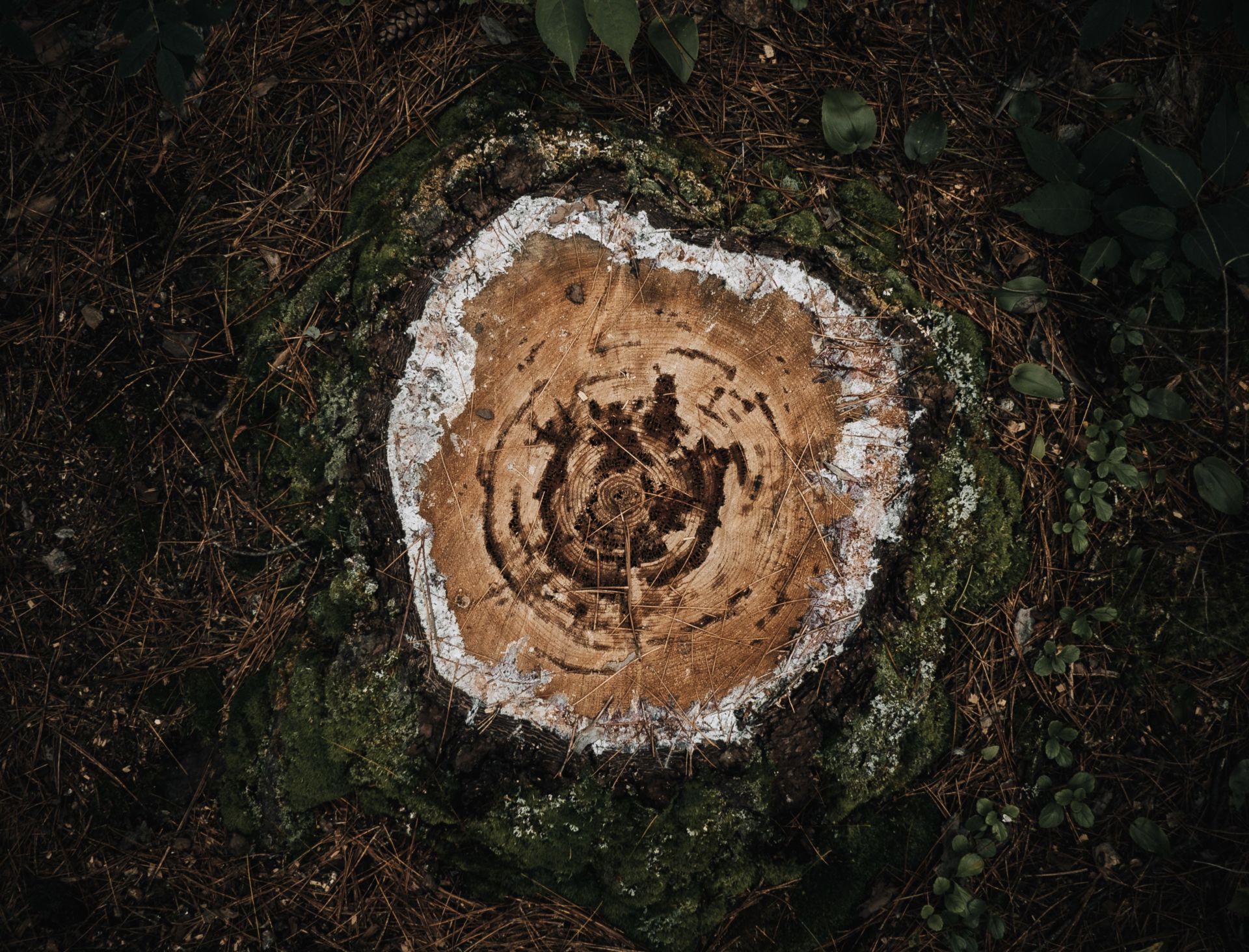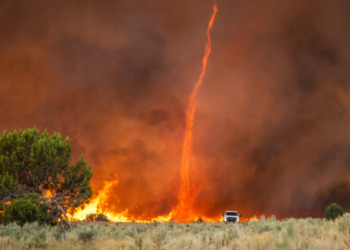One million species are threatened with extinction. As this hit the global media headlines reporting on the recent Global Assessment on Biodiversity and Ecosystem Services, many friends and colleagues sent me shocked messages saying, “Did you see this?” “This is a disaster!” Or something similar. Their words, my thoughts exactly!
In the video: Global Assessment Animation from GlobalGoalsUN
This silent crisis has been going on for decades. Rachel Carson published Silent Spring in 1962, and the United Nations Brundtland Report came out in 1987, both ringing warning bells about planetary crisis and welfare of future generations. Just like Cassandra, who, in the Ancient Greek legend, was blessed with the gift of prophecy but cursed in that nobody would ever believe her, the world has failed to heed or respond to increasingly frightening warnings of ongoing and future disaster.
Our current ecological meltdown is inextricably intertwined with many “other crises” — for example inequality and climate change. The challenge of equal access to food with sufficient nutrition by the increasing global population, projected to reach 9.8 billion by 2050, is one good illustration of how loss of biodiversity and ecosystem services, inequality and climate crisis cannot be viewed and addressed as issues apart.
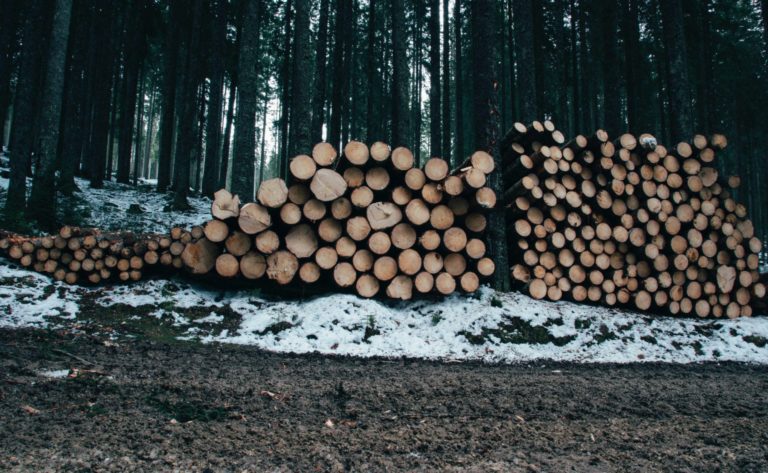
The biggest driver of biodiversity loss is degradation and loss of natural habitats to farming for food, fuel and timber, and overexploitation of plants and animals by humans whether it be over-hunting, over-fishing or logging. Commodities such as palm oil, soy and beef, are juggernauts drivers of deforestation causing biodiversity loss. Agriculture and deforestation, largely driven by expansion of agricultural land, are responsible for around 25% of global greenhouse gas (GHG) emissions. Variable weather patterns around the world cause havoc to farmers especially if the are subsistence or small-scale farmers.
Some might say, “But we need food to stop hunger and ensure the health of the global population.” True enough, but nature is essential to achieve this; providing us with food, the water we drink, the climate we inhabit and the air we breathe. Our food system needs to urgently evolve without further destruction of natural habitats and its fundamental base, and with equality in its centre.
The good news is that it is not that we do not have enough food and need more land. The problem is the current global food production and consumption system, with its unequal distribution and its huge but avoidable waste. Tremendous progress has been made in poverty reduction but still over a quarter of the present world population is affected by nutritional deficiencies, making them susceptible to long-term, irreversible health effects, with highly damaging socio-economic consequences.
Around 98% of over 800 million malnourished people live in developing countries, while 1.4 billion people are overweight. Approximately 1.3 billion tonnes of food is wasted every year, amounting to 2.6 trillion USD annually, with USD 700 billion in environmental costs, and USD 900 billion in social costs.
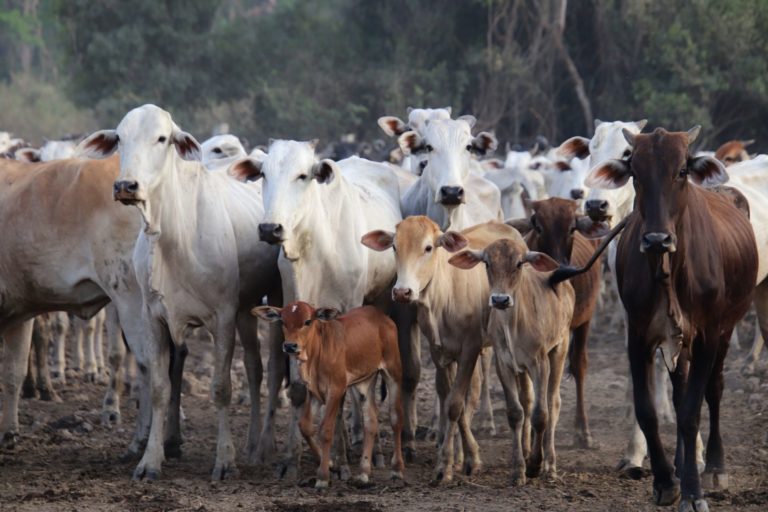
Already 60% of all mammals on Earth (in terms of biomass) are livestock — a major source of GHG emissions; 36% are humans — the biggest cause of massive GHG emissions, and just four percent of the living mammals on the planet are wild animals. The Global Assessment tells us that only a quarter of land on Earth is substantively free of the impacts of human activities. By 2050, that figure could drop to just one tenth.
Didn’t we hear this 30 years ago? Why didn’t the world act? Why do Greta and the young generation have to go on school strike? It is we, the adult population, who do not seem to be learning anything.
The Assessment also tells us that, at the same time, land degradation including forest loss through human activities is negatively affecting the well-being of at least 3.2 billion people, forcing people to migrate, while accelerating species extinction and loss of ecosystem services. Twelve million hectares of forest in the world’s tropical regions were lost in 2018, equivalent of 30 football fields per minute, causing massive GHG emissions. Didn’t we hear this 30 years ago? Why didn’t the world act? Why do Greta and the young generation have to go on school strike? It is we, the adult population, who do not seem to be learning anything.
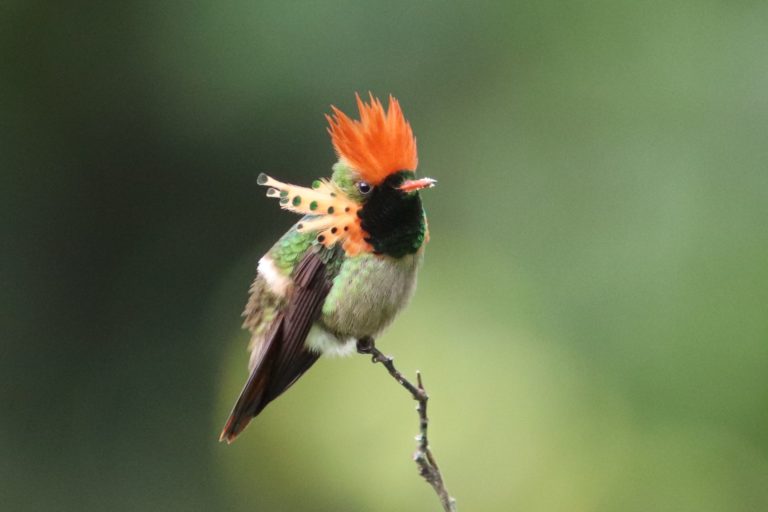
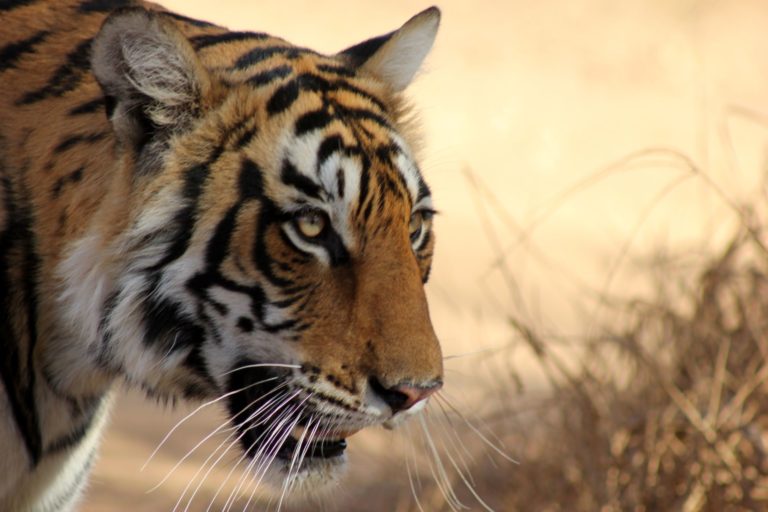
What more do we need out of our planet? Do we really need more land? Can we afford to take more lands and pollute them, and in the process exterminate our cohabitants of the Planet in the natural world? Can we stop now while there is still something to stop and options are there? Or do we only stop when we have to stop — because nothing is left?
In a world with only 10% allocated for natural habitats and wildlife, where will the water come from, what will fertilise our lands, pollinate our crops, maintain the balance that sustains our lives? In this future inequality will thrive, and everybody and everything will be poorer. The warnings are clear. It is time to heed our Cassandras.
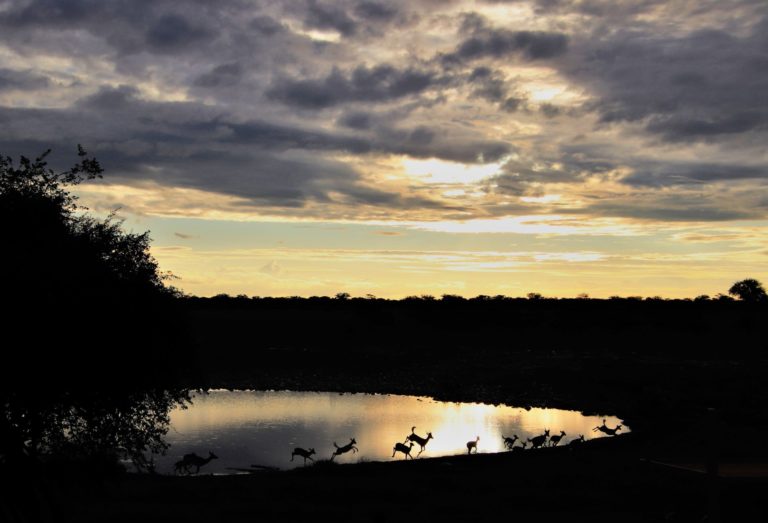
Editors Note: The opinions expressed here by Impakter.com columnists are their own, not those of Impakter.com — Featured Photo Credit: Tyler Lastovich.


